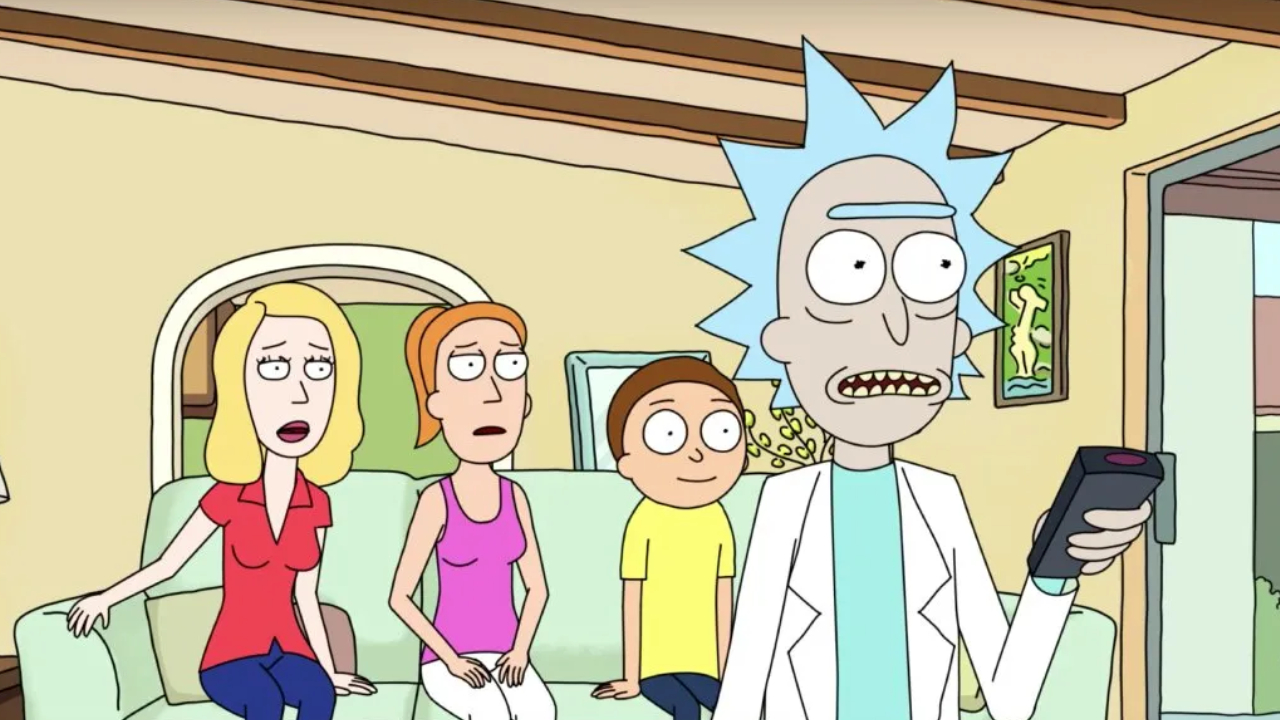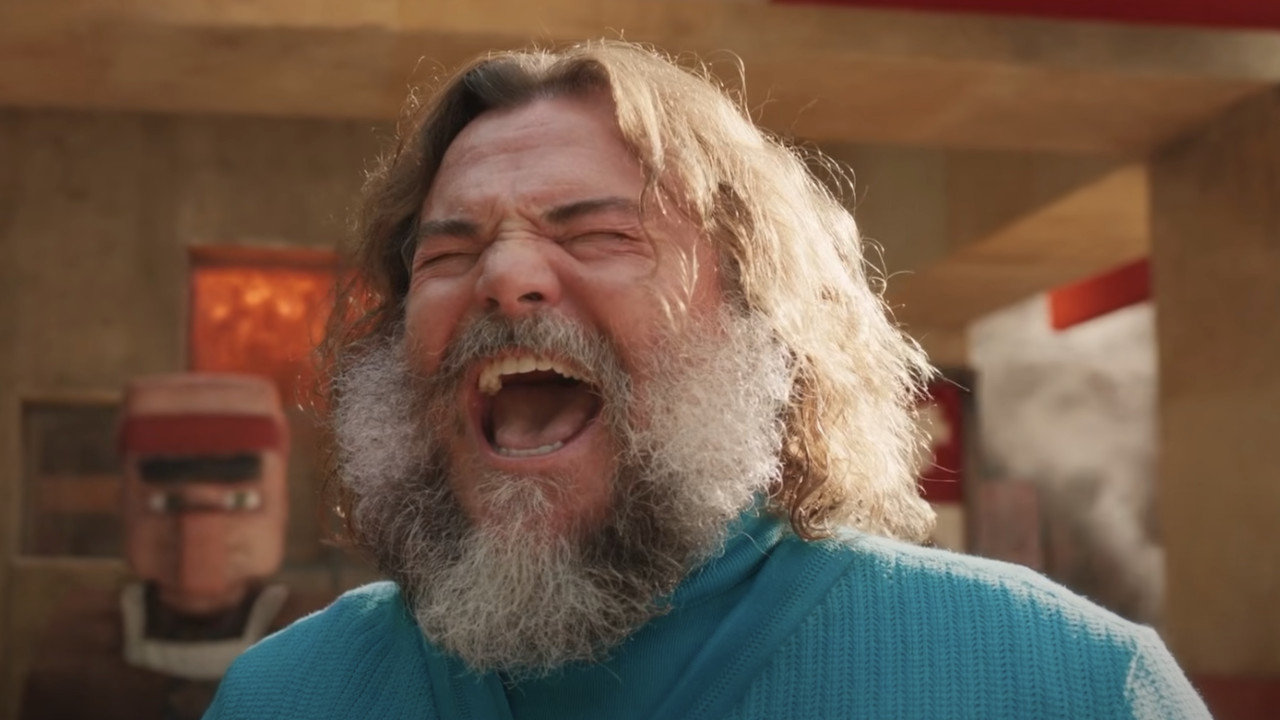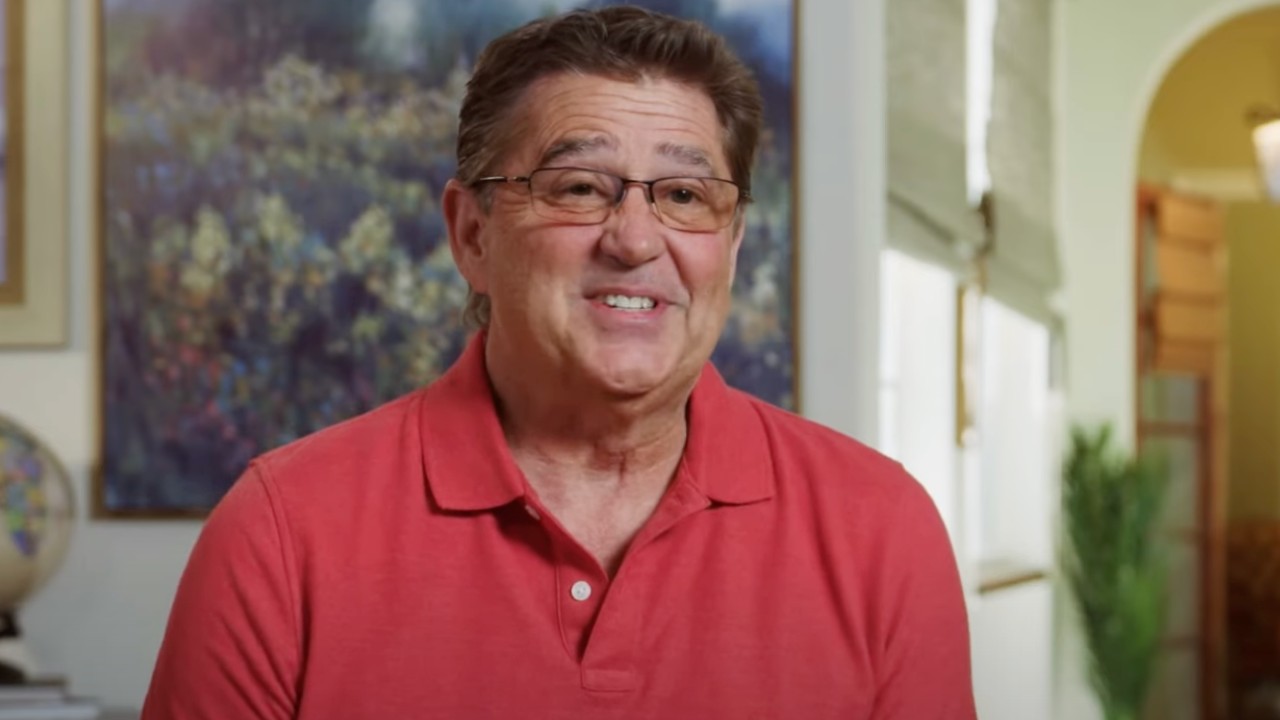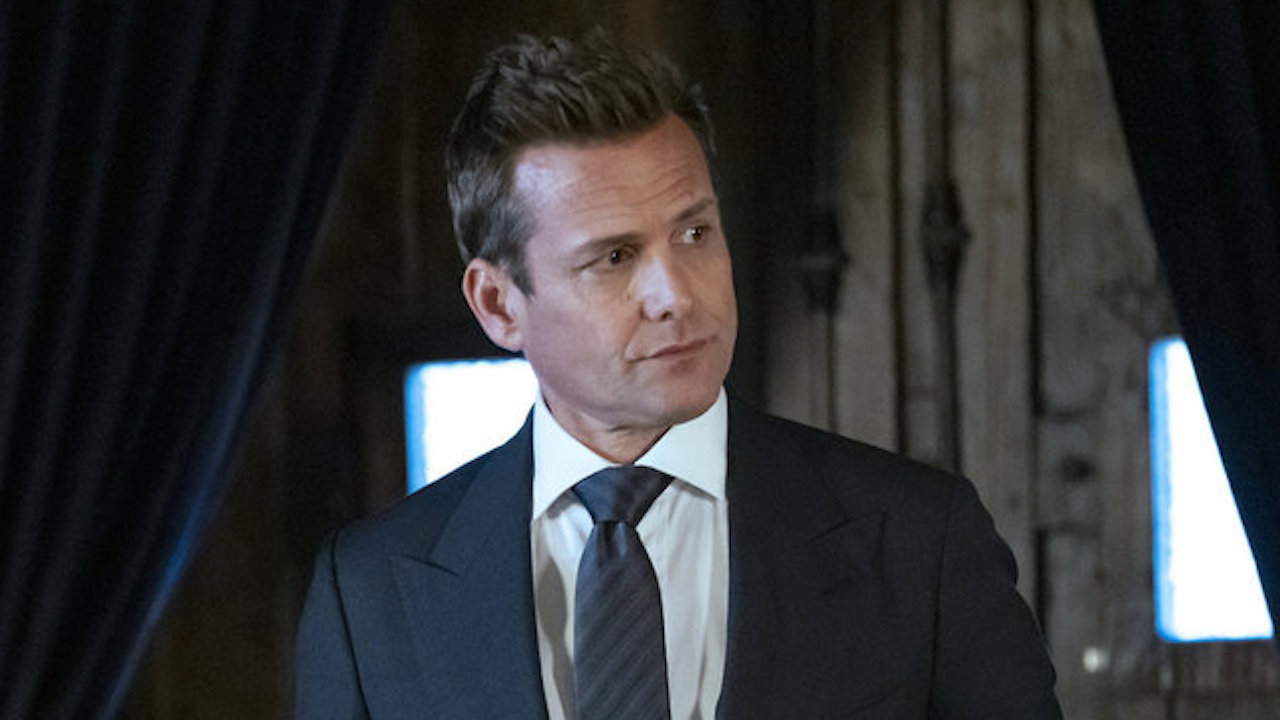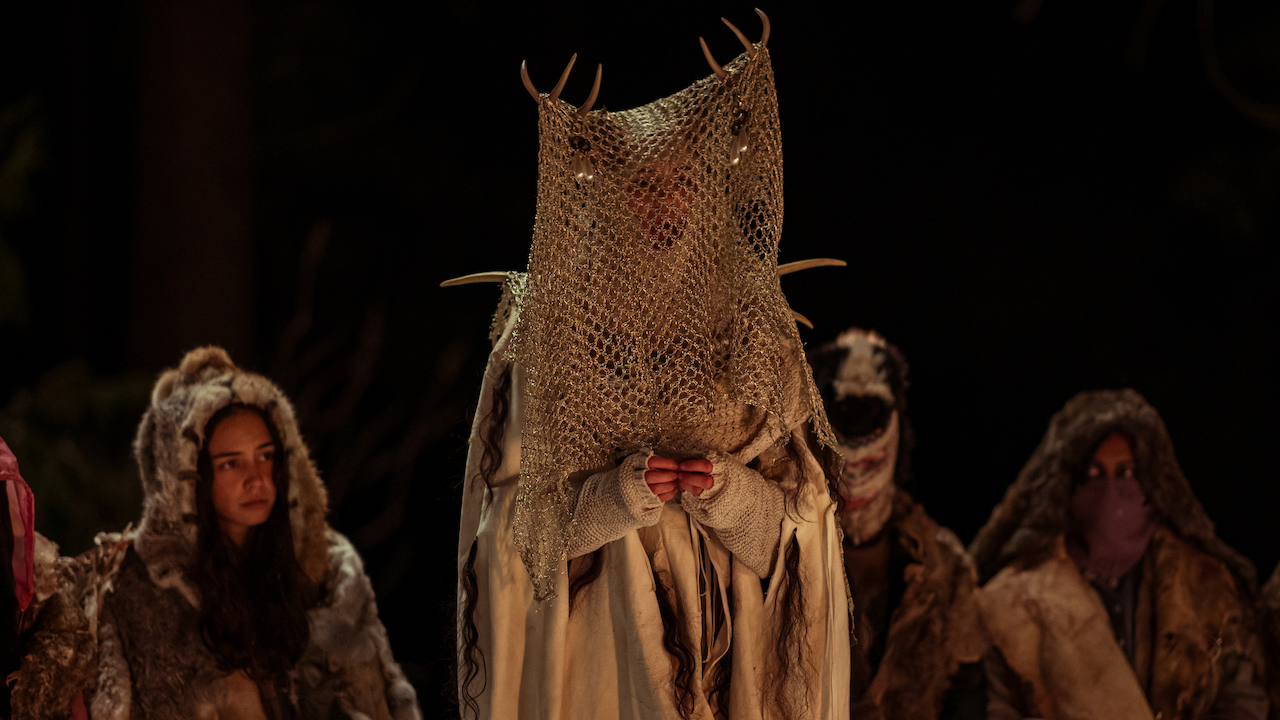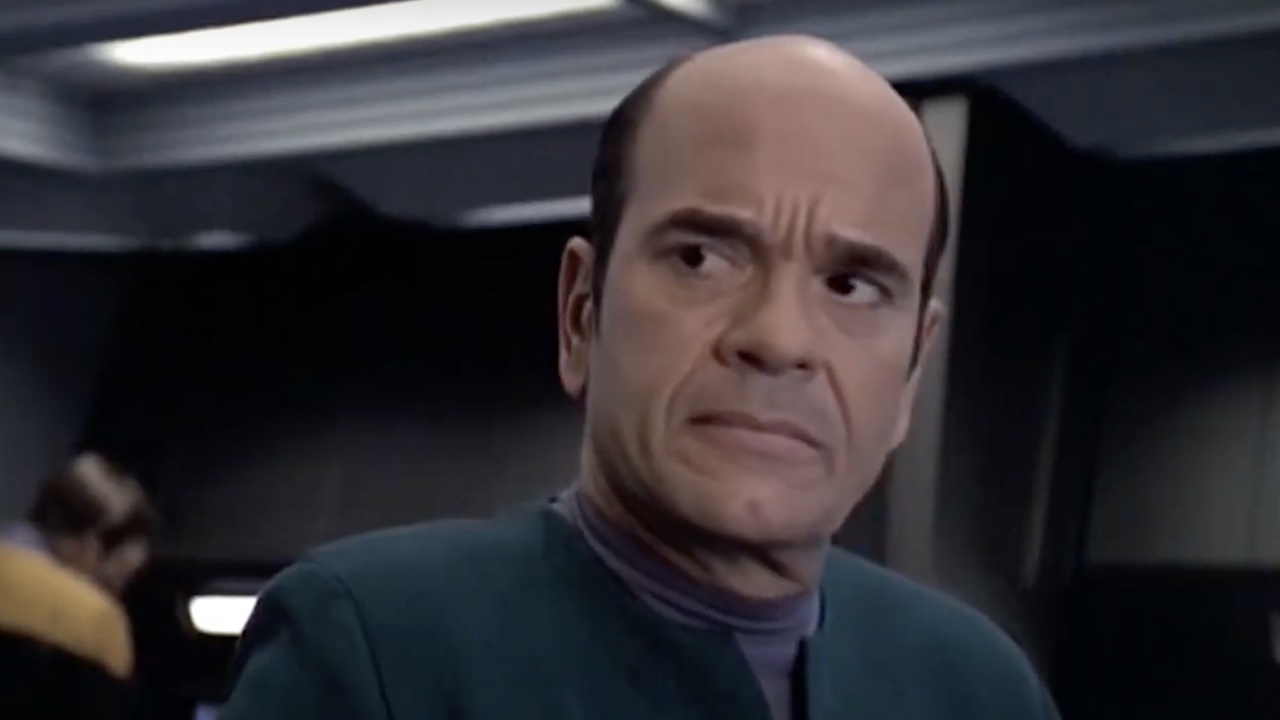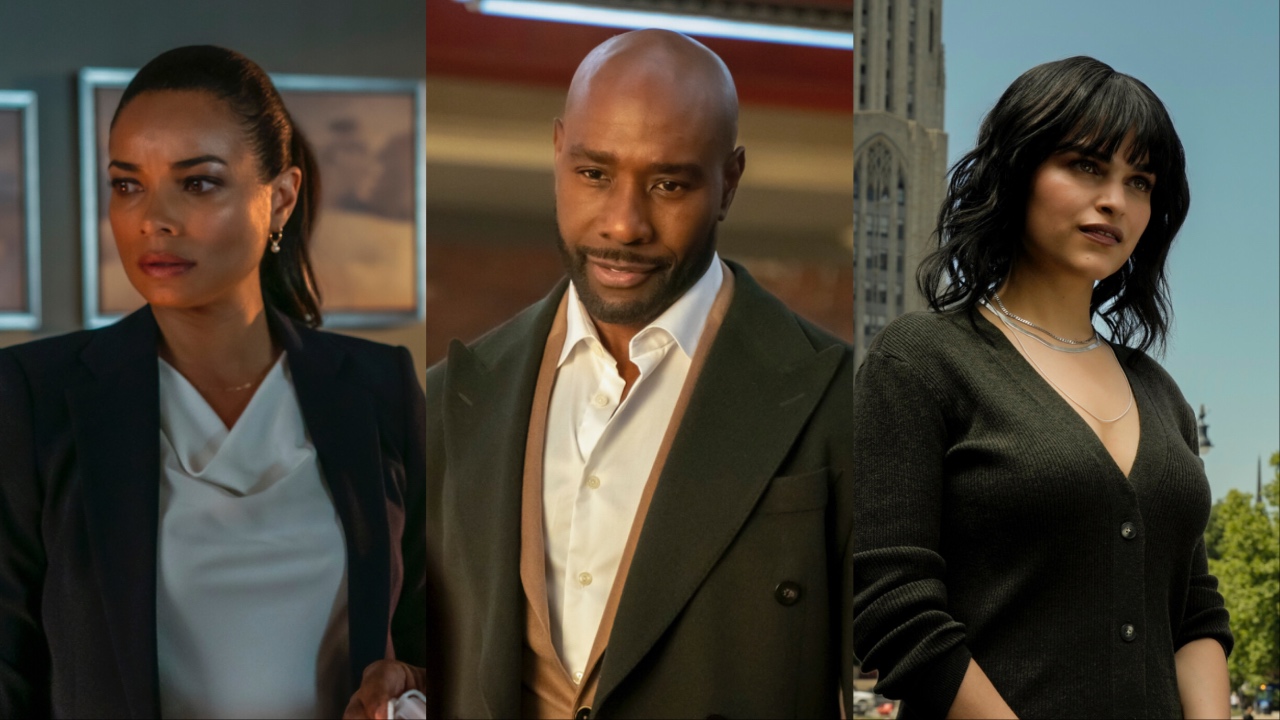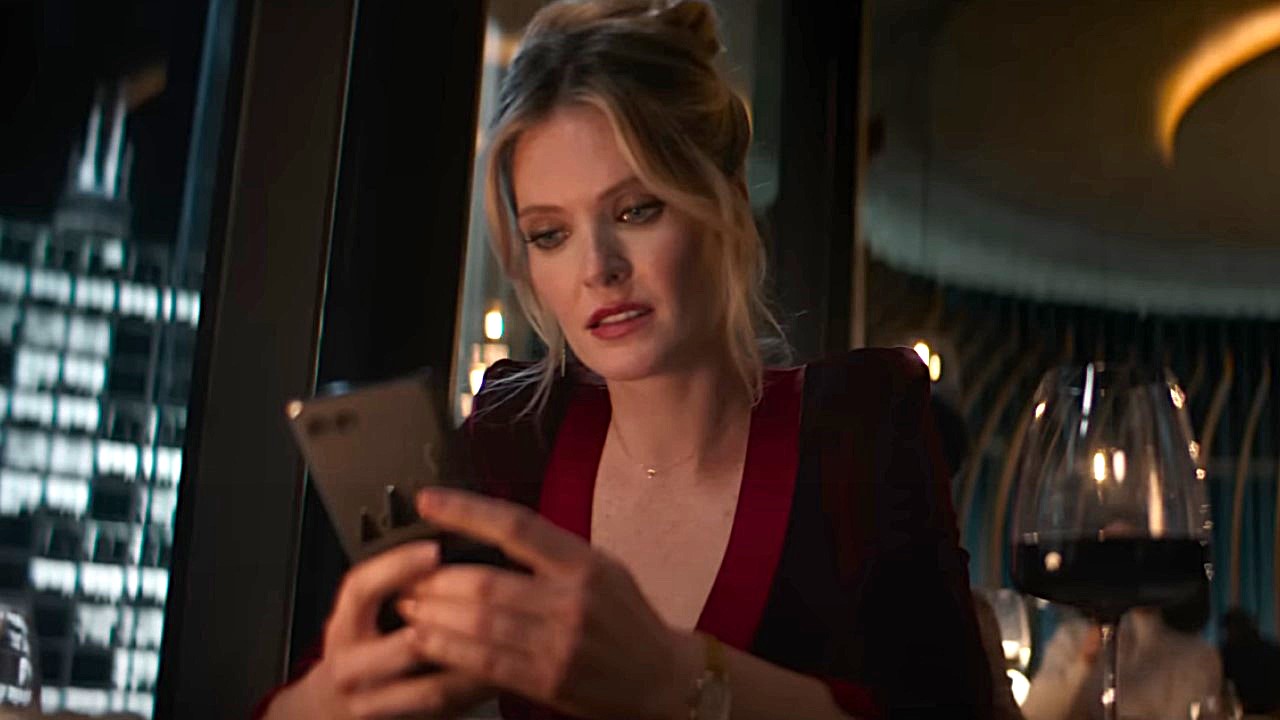How Godzilla Minus One’s Director Used Shin Godzilla, And Two Other Toho Movies, As Important Influences For His Entry
Kaiju culture of the past helped score another win for the great Godzilla.
Everyone who’s ever watched a sci-fi movie, especially the long history of gigantic monster/kaiju movies, has their favorite type of Godzilla movie. Whether you’re more into the popcorn blockbuster style of the MonsterVerse or if the terror of Ishirō Honda’s 1954 classic is your thing, there’s a monster mash waiting for you to dig into.
With Godzilla Minus One, writer/director Takashi Yamazaki cited three of the best Godzilla films as being important influences on Godzilla Minus One. While, of course, his direct live-action predecessor, Shin Godzilla, was one of them, there were two others that he submitted as sacred texts that absolutely reflect the tone and spirit of this sleeper 2023 movie schedule hit.
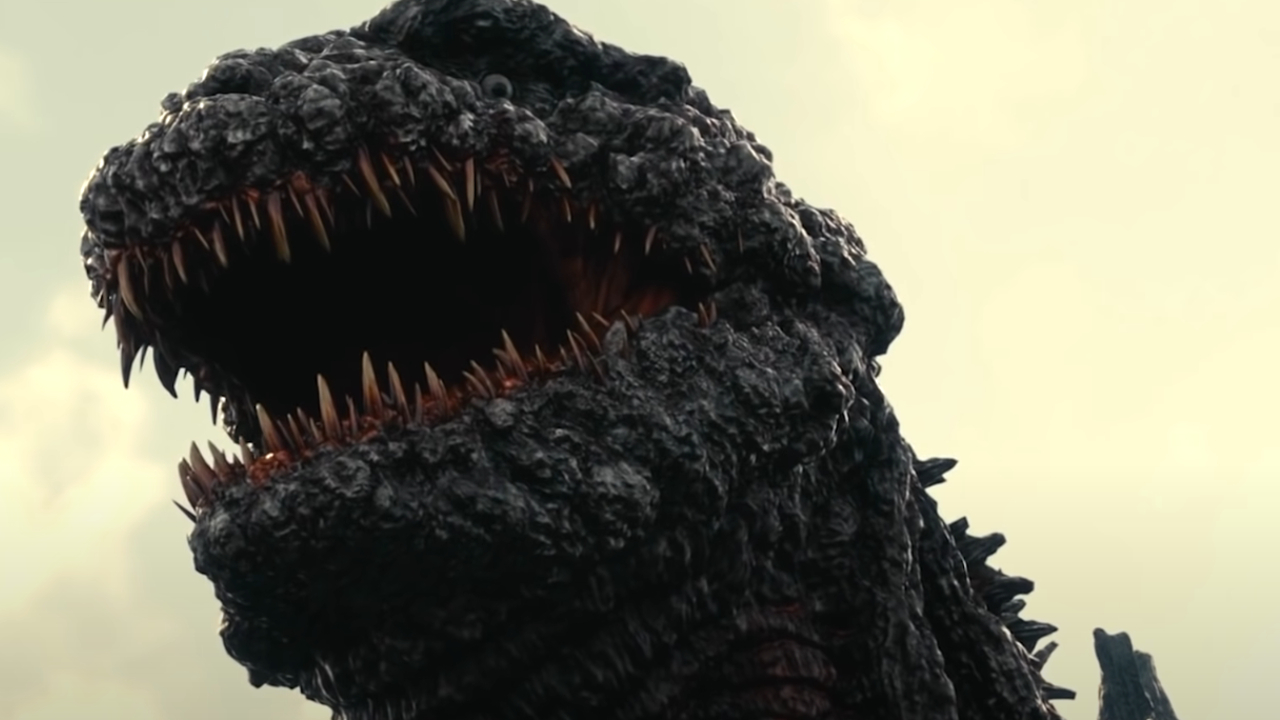
How Shin Godzilla Influenced Godzilla Minus One, According To Takashi Yamazaki
When it came to how 2016’s smash hit kaiju movie influenced what type of film Godzilla Minus One would be, Mr. Yamazaki kept two distinct components in mind. As he shared with CinemaBlend, these particular beats were kept in mind when taking Shin Godzilla into account:
In Japan Shin Godzilla did really well, and that was what we were following up to. So Shin Godzilla is about politicians, the character design was creepy. We actually intentionally wanted to go the opposite way. For example, [with] our Godzilla character design, we were going for the more cool factor, not the creepy factor. And instead of politics and government, this is a story about civilians. So that was the influence of Shin Godzilla.
To be totally fair, the character design for Godzilla was pretty creepy with Shin Godzilla, especially when part of the film from directors Hideaki Anno and Shinji Higuchi showed us a rather unique evolution process. In case you somehow forgot this scene from the previous Toho offering in the Godzilla franchise, don’t worry, it’s included below for your horrified amazement:
Yeah, picture one of those gigantic beasties stalking you across Japan. It's not a pretty picture. Meanwhile, Godzilla Minus One’s design is more in line with what we’ve seen throughout the lizard god’s history. Even in its initial T-Rex sized form, which sees Kōichi Shikishima (Ryunosuke Kamiki) facing off against Godzilla for the first time, our favorite kaiju is built for destruction, and looks pretty cool while doing it.
And if you thought the atomic blast in 2014’s Godzilla reboot in the MonsterVerse was a sight to see, then you’ll love this next detail in particular. Without any spoilers, we do get to see Godzilla’s atomic breath abilities in action. It’s in some of the marketing materials already, and even if it wasn’t, that’s kind of a signature move that needs to be in a movie like this.
However, what makes Godzilla Minus One’s depiction of that ability so awesomely different is that there are dorsal plates that pop up when Godzilla is charging up his attack. So not only are we getting the blue lights running up the creature, this additional flourish is an adaptation that’s more threatening, while adding some visual panache to our friend’s appearance.
CINEMABLEND NEWSLETTER
Your Daily Blend of Entertainment News
In terms of how the humans of this story drive the plot, Yamazaki's remarks above put in place a special distinction. Rather than following those in power grappling with a creature they aren't familiar with, Godzilla Minus One is a sort of grassroots kaiju drama, with civilians taking center stage. That's a thread that's only further enriched by the other movies we're about to discuss.
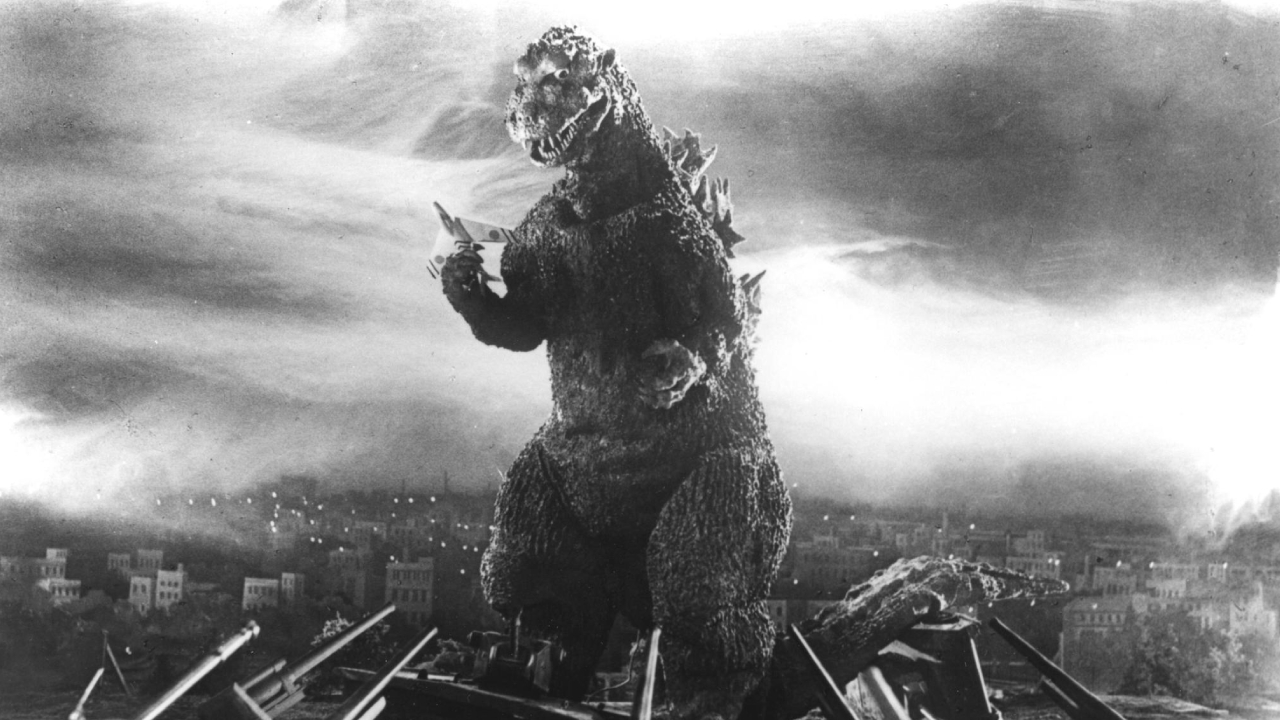
The Other Two Toho Godzilla Films Takashi Yamazaki Drew Inspiration From
Naturally Shin Godzilla wasn’t the only movie that Takashi Yamazaki had in mind when crafting Godzilla Minus One. In fact, two more Toho films were added into the mix, and for very good reason: the original 1954 masterpiece and 2001’s Godzilla, Mothra and King Ghidorah: Giant Monsters All-Out Attack, which is also known simply as “GMK.” Here’s how Yamazaki explained those influences in our discussion:
I guess on a subconscious level, I didn’t realize how much I was influenced by GMK. When I look back, I do see that GMK influence is sprinkled in there, especially towards the end. And, yeah, the first Godzilla movie. Hands down, it’s the most important, and I wanted to follow in its footsteps, as far as that strong human [story]. There’s a lot of human relationships, human experience versus the monster. And it was so solidly done, with the monster and the human experience, that I wanted to attain that in Godzilla Minus One.
As we’d previously covered in this interview, Yamazaki is all about the human scale storytelling, in addition to the kaiju-smashing action, in his film. Part of that comes from Yamazaki’s love of Cloverfield, a movie he feels gets the legacy of the original Godzilla right. But looking into the stories of both of those films and how they’re connected, you can absolutely see how those influences wind up inspiring the human side of things in particular.
While still giving us a beast to fear looming over humanity, Godzilla Minus One gives us humans to root for and follow. It also purposely sets its story in post-war Japan, once again to highlight the state of vulnerability the country was in at that time. By having such strong cultural and historical ties, this latest chapter once again ties Godzilla to some very real fears and obstacles that only root this fantastical conflict all the better in reality.
This is also seen in Godzilla, Mothra and King Ghidorah: Giant Monsters All-Out Attack, which, even at such a late phase of the Godzilla mythos, was blending mystical elements and cultural history. That direct sequel to 1954’s Godzilla had its own unique voice that harkened back to the beginning, while also playing to more modern audiences. As critical reaction for Godzilla Minus One has been quite favorable, this “back to basics” sort of approach looks to have worked yet again.
With audiences and critics alike highlighting the strong human drama as a treat, it just reinforces the notion that there are two different kaiju cravings in the world to this day. Fans of both halves of that legacy are certainly being spoiled, as Toho and Warner Bros.’ efforts are catering to both buckets in spectacular fashion.
Godzila Minus One is still showing in theaters, and has had its U.S. theatrical run extended until December 14th. So there’s still time to experience this post-war thriller the way any Godzilla movie is meant to be seen. As for Shin Godzilla, you can actually stream that movie, at the time of this writing, through Crunchyroll. That can easily be accessed as an add-on through your Prime Video subscription for an additional monthly fee.

Mike Reyes is the Senior Movie Contributor at CinemaBlend, though that title’s more of a guideline really. Passionate about entertainment since grade school, the movies have always held a special place in his life, which explains his current occupation. Mike graduated from Drew University with a Bachelor’s Degree in Political Science, but swore off of running for public office a long time ago. Mike's expertise ranges from James Bond to everything Alita, making for a brilliantly eclectic resume. He fights for the user.

